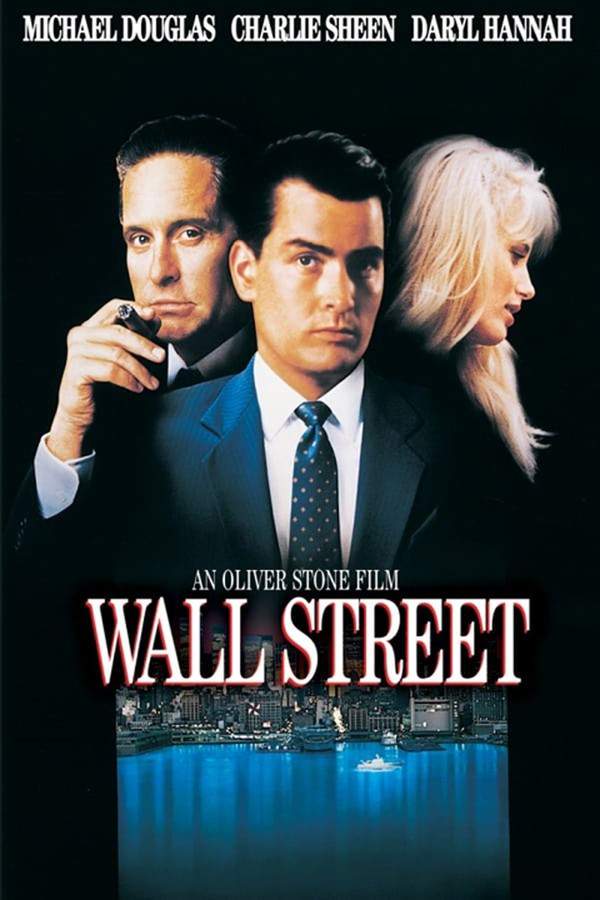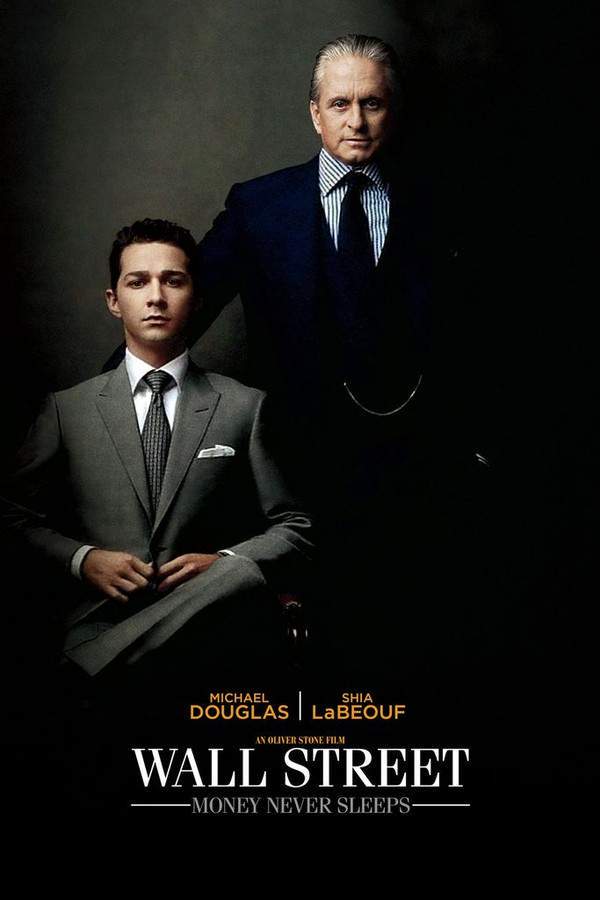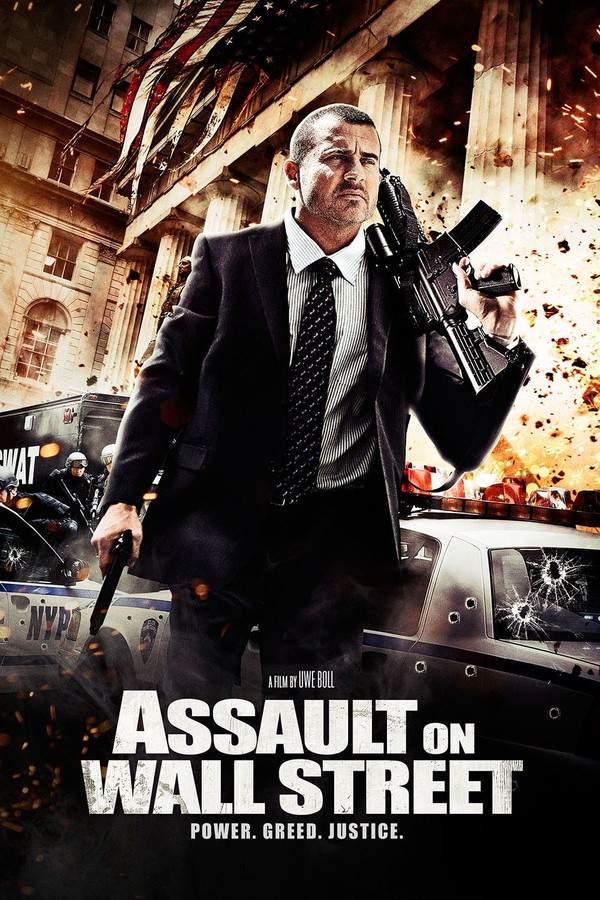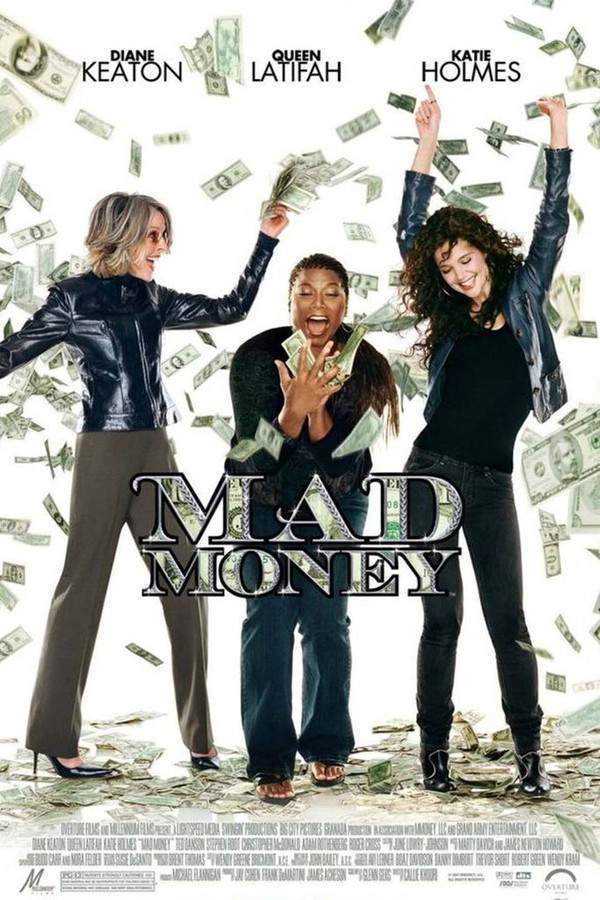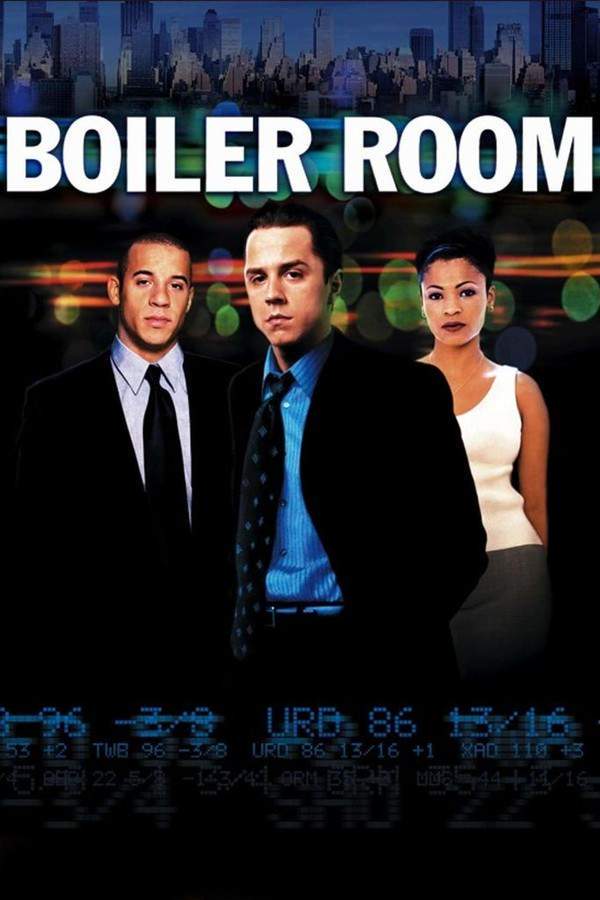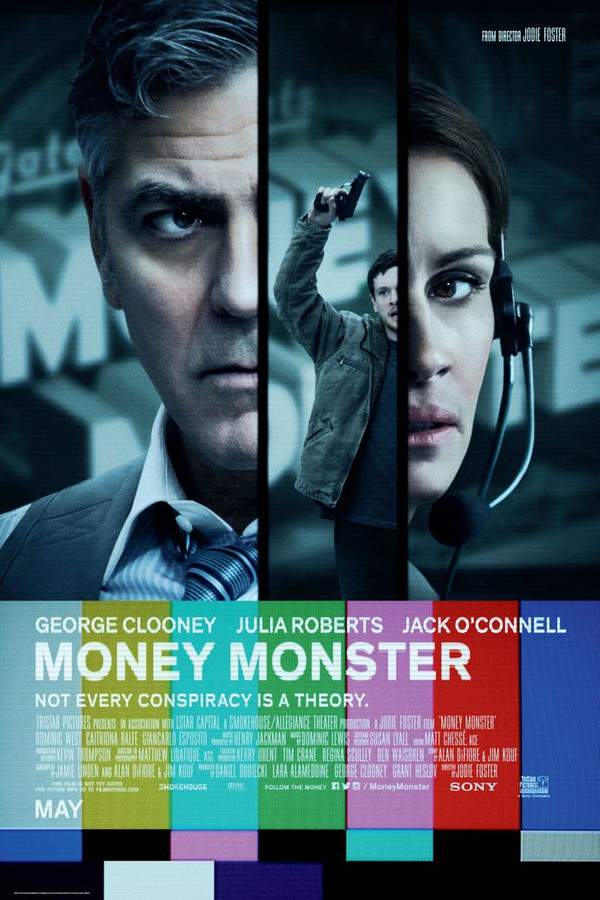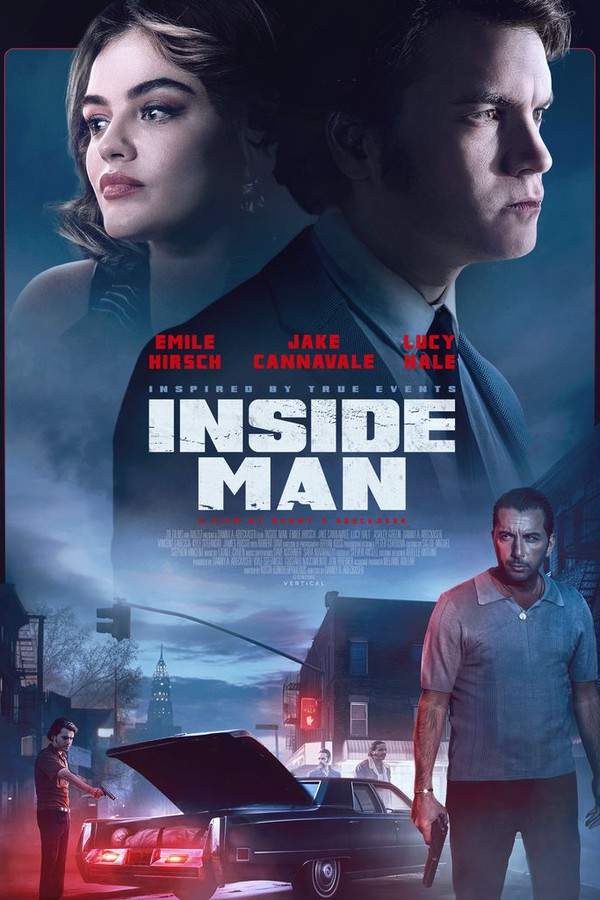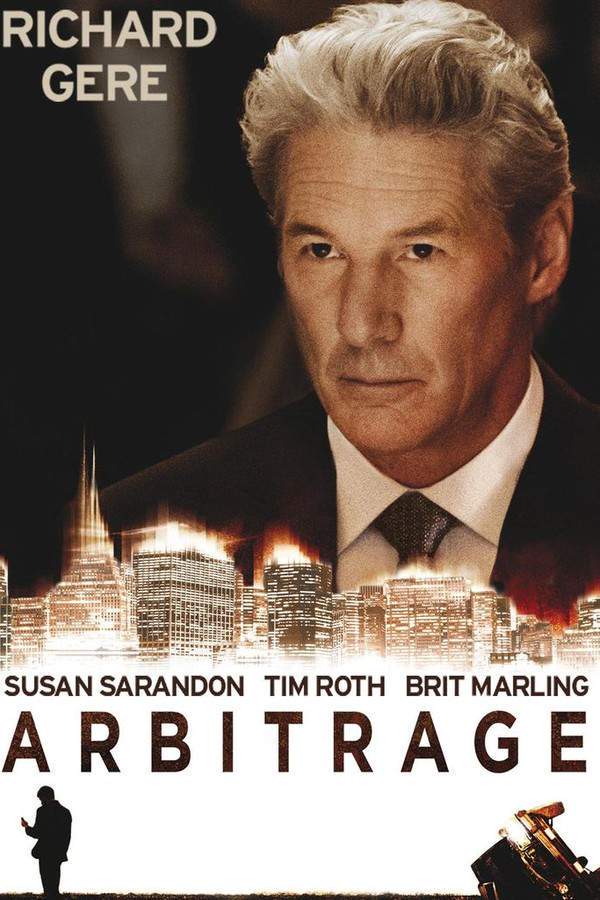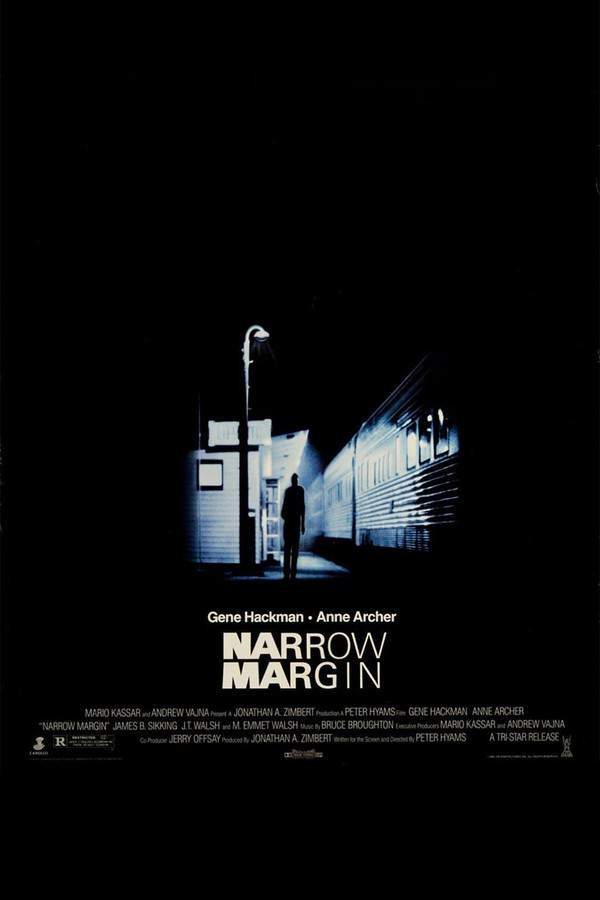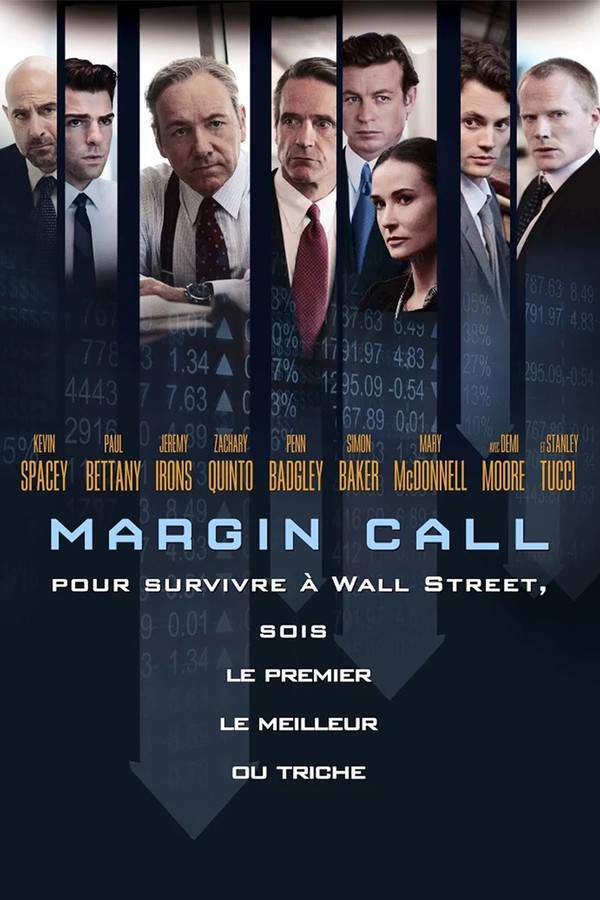
Margin Call 2011
Directed by

J.C. Chandor
Made by

Roadside Attractions
Margin Call Plot Summary
Read the complete plot summary and ending explained for Margin Call (2011). From turning points to emotional moments, uncover what really happened and why it matters.
Junior risk analyst Seth Bregman, alongside his senior colleague Peter Sullivan and trading desk head Will Emerson, witnesses an unexpected mass layoff orchestrated by a temporary human resources team right on their trading floor, all at the start of an otherwise routine business day. Among those terminated is their boss, Eric Dale, who led risk management operations on the floor. During his exit interview, Dale tries to convey critical information about an ongoing project, but the HR staff are more focused on his swift departure. As he is escorted from the building, he discreetly hands Peter a USB stick and warns him to “be careful” before stepping into the elevator.
Later that evening, Peter delves into Dale’s project and uncovers alarming news: the inherent volatility in their mortgage-backed securities portfolio is set to surpass historical levels. This analysis reveals that due to excessive leverage, a mere 25% decrease in these assets could result in losses greater than the firm’s entire market capitalization. Realizing the urgency of the situation, Peter alerts Will, who in turn connects with floor head Sam Rogers.
The employees remain at the office, engaging in a series of urgent meetings with senior executives, including division head Jared Cohen, chief risk officer Sarah Robertson, and finally CEO John Tuld. Jared proposes a rapid sale of all toxic assets before the market catches wind of their devalued state, a suggestion that John prefers despite Sam’s fervent opposition. Sam cautions both Jared and John that offloading these risky assets will send shockwaves throughout the financial sector, jeopardizing the firm’s relationships with many stakeholders. He also points out that their clients will quickly grasp the situation when they realize the firm is simply unloading toxic mortgage-backed securities without engaging in any form of trade.
In a twist of events, the team eventually tracks down Dale, who has been unreachable since his termination. With the promise of a generous payment and the threat to contest his severance, they convince him to return. In the midst of the chaos, it becomes clear that Sarah, Jared, and John had been aware of the looming risks leading up to this crisis. Tuld plans to present Sarah’s resignation as a scapegoat to their board and staff.
As the market prepares to open, Sam rallies his traders with the incentive of seven-figure bonuses for a drastic 93% reduction in certain mortgage-backed securities through a “fire sale.” He acknowledges that this action will irreparably harm their professional relationships. Meanwhile, Sarah and Dale find themselves in a stifling office, earning hefty pay for doing nothing, while Sarah defensively claims she had indeed warned about the emerging risks, albeit not assertively enough. As Emerson starts executing the necessary trades, tensions rise among counter-parties who grow increasingly restless as the day progresses.
When trading comes to a close, Sam witnesses the same human resources team initiate another round of layoffs within his department. He confronts John, expressing his desire to resign, but John dismisses the severity of the crisis, equating it to past market downturns and asserting that sharp financial fluctuations are merely a facet of the economic landscape. He persuades Sam to stay on for another two years, with promises of significant profit to be gained from the impending crisis. Meanwhile, Peter is seen discussing his projected promotion with Jared, while it seems Seth’s tenure at the firm may soon come to an end.
In a poignant closing scene, Sam is depicted burying his beloved dog on his ex-wife’s lawn, a heart-wrenching reminder of the personal toll amidst the corporate turmoil.
Margin Call Timeline
Follow the complete movie timeline of Margin Call (2011) with every major event in chronological order. Great for understanding complex plots and story progression.
Mass Layoff Announcement
On an ordinary business day, Junior risk analyst Seth Bregman witnesses a shocking mass layoff initiated by a temporary HR team. Among those laid off is their boss, Eric Dale, who holds a crucial role in risk management operations.
Dale's Critical Warning
During his exit interview, Eric Dale attempts to share vital information regarding an ongoing project with the HR staff. However, their focus is solely on expediting his departure, leaving Dale with no option but to discreetly hand a USB stick to Peter Sullivan.
Uncovering Alarming Information
Later that evening, Peter Sullivan examines the data on the USB stick. He discovers alarming information revealing that their mortgage-backed securities portfolio is poised for unprecedented volatility, raising significant alarm bells for the firm.
Alerting Management
Realizing the gravity of the findings, Peter alerts Will Emerson, who promptly escalates the situation to floor head Sam Rogers. The urgency escalates as they decide to hold a series of emergency meetings with senior executives.
Executive Meetings
During the urgent meetings with senior executives, including Jared Cohen and Sarah Robertson, the team deliberates on how to mitigate the impending crisis. Jared suggests a swift sale of all toxic assets, which garners support from CEO John Tuld despite Sam's fierce opposition.
Sam's Concerns
Sam warns the executives that offloading the risky assets could wreak havoc in the financial sector and damage crucial relationships with stakeholders. His concerns highlight the potential fallout from their imminent actions.
Finding Eric Dale
Amidst the turmoil, the team manages to track down Eric Dale, who has been unreachable since being terminated. They negotiate with him, promising a generous payout, while also threatening to contest his severance.
Sarah's Resignation Plan
As the situation intensifies, it becomes clear that Sarah, Jared, and John were aware of the risks leading up to this crisis. Tuld plans to paint Sarah’s resignation as a scapegoat for their failing strategies.
Fire Sale Strategy
As the market prepares to open, Sam calls upon his traders, promising them huge bonuses in return for a drastic reduction in toxic mortgage-backed securities through a 'fire sale.' He acknowledges the devastating impact this will have on their professional relationships.
Sarah and Dale's Stalemate
In an empty office, Sarah and Dale find themselves under immense pressure but earn significant salaries despite their inaction. Sarah defensively claims she had warned about the risks that led to this crisis, albeit not forcefully enough.
Tensions Rise
As trading proceeds, tensions build among counter-parties who grow increasingly frustrated. Sam's aggressive trading strategies begin to take a toll, heightening the sense of urgency across the trading floor.
Another Round of Layoffs
At the end of the trading day, Sam observes the same HR team initiating yet another round of layoffs within his department. This unsettling realization adds to the mounting pressures of the unfolding crisis.
Sam's Decision to Resign
Confronting John, Sam expresses his desire to resign, feeling overwhelmed by the situation. However, John downplays the crisis, comparing it to previous market downturns and persuading Sam to stay for the potential profits.
Seth’s Future Uncertain
Meanwhile, Peter discusses his projected promotion with Jared, indicating an upward trajectory amidst the chaos. Seth, on the other hand, faces an uncertain future at the firm as the implications of the crisis loom large.
A Heartbreaking Farewell
In a poignant concluding scene, Sam is shown burying his beloved dog on his ex-wife's lawn. This emotional moment serves as a stark reminder of the personal sacrifices amidst the relentless corporate turmoil.
Margin Call Characters
Explore all characters from Margin Call (2011). Get detailed profiles with their roles, arcs, and key relationships explained.
Seth Bregman
Seth is a junior risk analyst caught in the whirlwind of corporate turmoil. Eager yet inexperienced, he navigates the stark realities of a cutthroat environment. His character embodies the struggles of many employees witnessing the harsh impacts of financial decisions.
Peter Sullivan
Peter, a senior risk analyst, uncovers critical information about the firm's unstable mortgage-backed securities. He represents the voice of reason amidst chaos, showing concern for the firm's future while trying to alert his colleagues. His journey reflects the moral conflict within finance.
Sam Rogers
Sam is the floor head who grapples with the ethical implications of the impending fire sale. His character highlights the human side of the finance world, revealing a deep internal struggle between survival of the firm and loyalty to employees. His leadership style embodies a mix of pragmatism and compassion.
Jared Cohen
Jared, the division head, exemplifies the aggressive corporate approach to the crisis. His willingness to act decisively in selling off toxic assets illustrates the cutthroat nature of the finance industry. His character often prioritizes short-term gains over long-term repercussions.
Sarah Robertson
Sarah serves as the chief risk officer, embodying the tension between corporate strategy and ethical responsibility. Her character reveals the challenges of balancing professional duties with personal integrity as she contemplates the fallout from their decisions.
John Tuld
John, the CEO, represents the top echelons of corporate decision-making that often dismiss the broader implications of their choices. His perspective is focused on maintaining the firm's profitability, showing a stark contrast to those concerned with the human cost of their decisions.
Margin Call Settings
Learn where and when Margin Call (2011) takes place. Explore the film’s settings, era, and how they shape the narrative.
Time period
2008 Financial Crisis
The movie takes place during the onset of the 2008 financial crisis, a pivotal moment in global economic history. This era was marked by widespread financial instability, characterized by the collapse of major banks and housing market crashes. As institutions grappled with their crumbling portfolios, decisions made in boardrooms had far-reaching consequences for the economy and individuals alike.
Location
Trading Floor, Office, Ex-Wife's Lawn
The trading floor represents the hustle and bustle of high-stakes finance, where critical decisions can lead to significant gains or devastating losses. It is a fast-paced environment filled with tension and urgency, especially during crises. The office space serves as a backdrop for important meetings where strategic choices are made that could alter the course of the company. The ex-wife's lawn symbolizes personal loss and emotional turmoil amidst the otherwise corporate chaos.
Margin Call Themes
Discover the main themes in Margin Call (2011). Analyze the deeper meanings, emotional layers, and social commentary behind the film.
⚖️
Ethics
Ethics play a central role in the film, as characters confront moral dilemmas in the face of corporate greed. The urgency of protecting the firm from impending losses often trumps ethical considerations, leading to questionable decisions. The tension between profit and responsibility highlights the dire consequences of unethical behavior in the financial industry.
💔
Loss
Loss is a recurring theme, both corporate and personal, embodied in the character's journeys throughout the film. The mass layoffs reflect the human cost of financial decisions, and Sam's poignant moment of burying his dog serves as a metaphor for the personal sacrifices made during turbulent times. The film portrays how the drive for profit can lead to irrevocable personal losses.
📉
Crisis
The imminent financial crisis underscores the movie's narrative, showcasing the fragility of the financial system. As characters scramble to mitigate losses through drastic measures, the film emphasizes the reality of financial instability. This crisis not only affects corporate structures but also deeply impacts the lives of individuals involved.
Movies with Similar Twists and Themes
Uncover films that echo the narrative beats, emotional arcs, or dramatic twists of the one you're exploring. These recommendations are handpicked based on story depth, thematic resonance, and spoiler-worthy moments — perfect for fans who crave more of the same intrigue.
Featured on this page

What's After the Movie?
Not sure whether to stay after the credits? Find out!
Explore Our Movie Platform
New Movie Releases (2025)
Famous Movie Actors
Top Film Production Studios
Movie Plot Summaries & Endings
Major Movie Awards & Winners
Best Concert Films & Music Documentaries
© 2025 What's After the Movie. All rights reserved.


